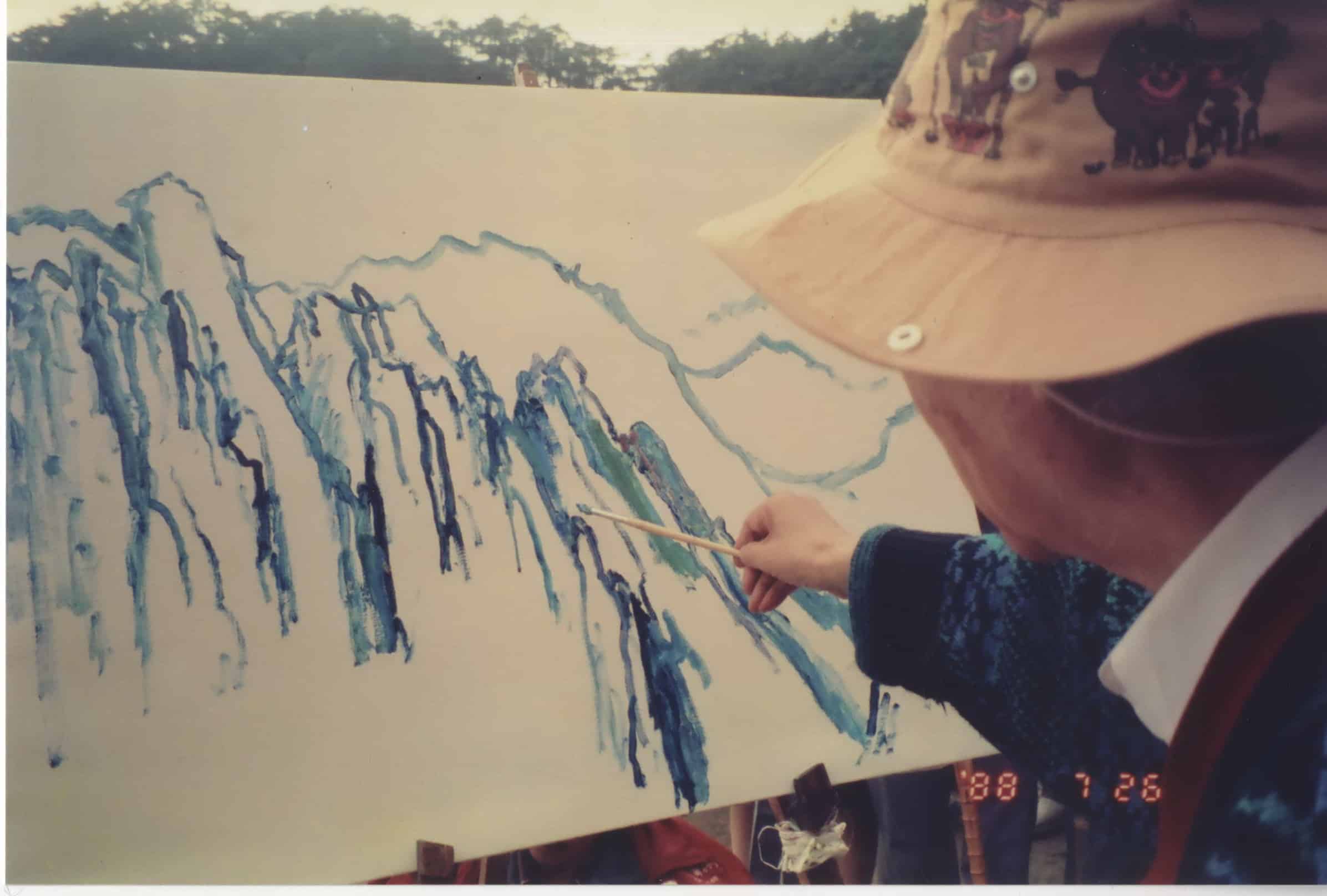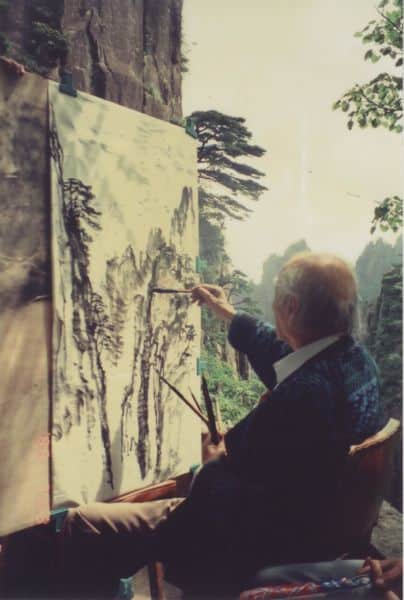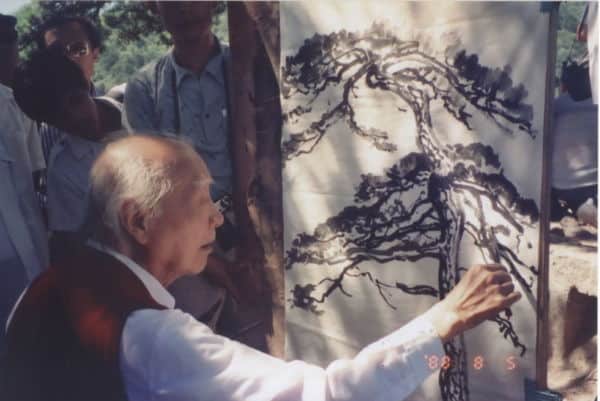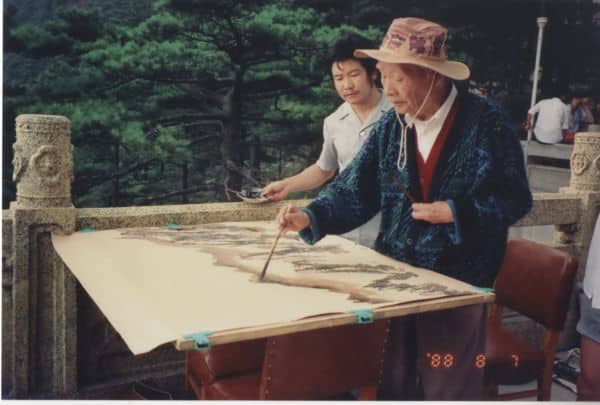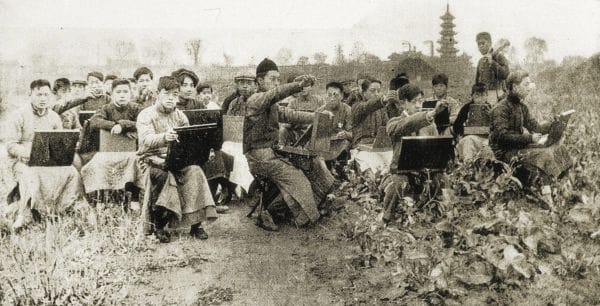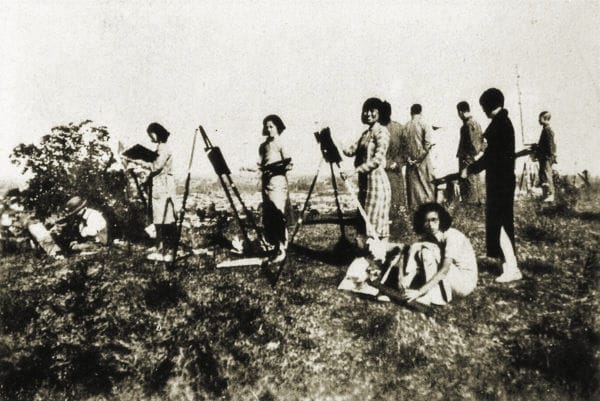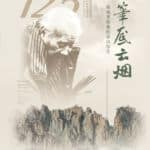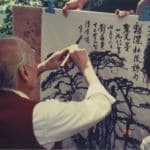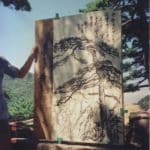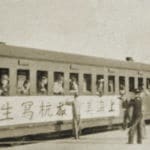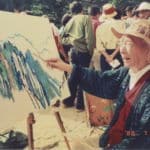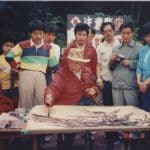Celebrating Liu Haisu
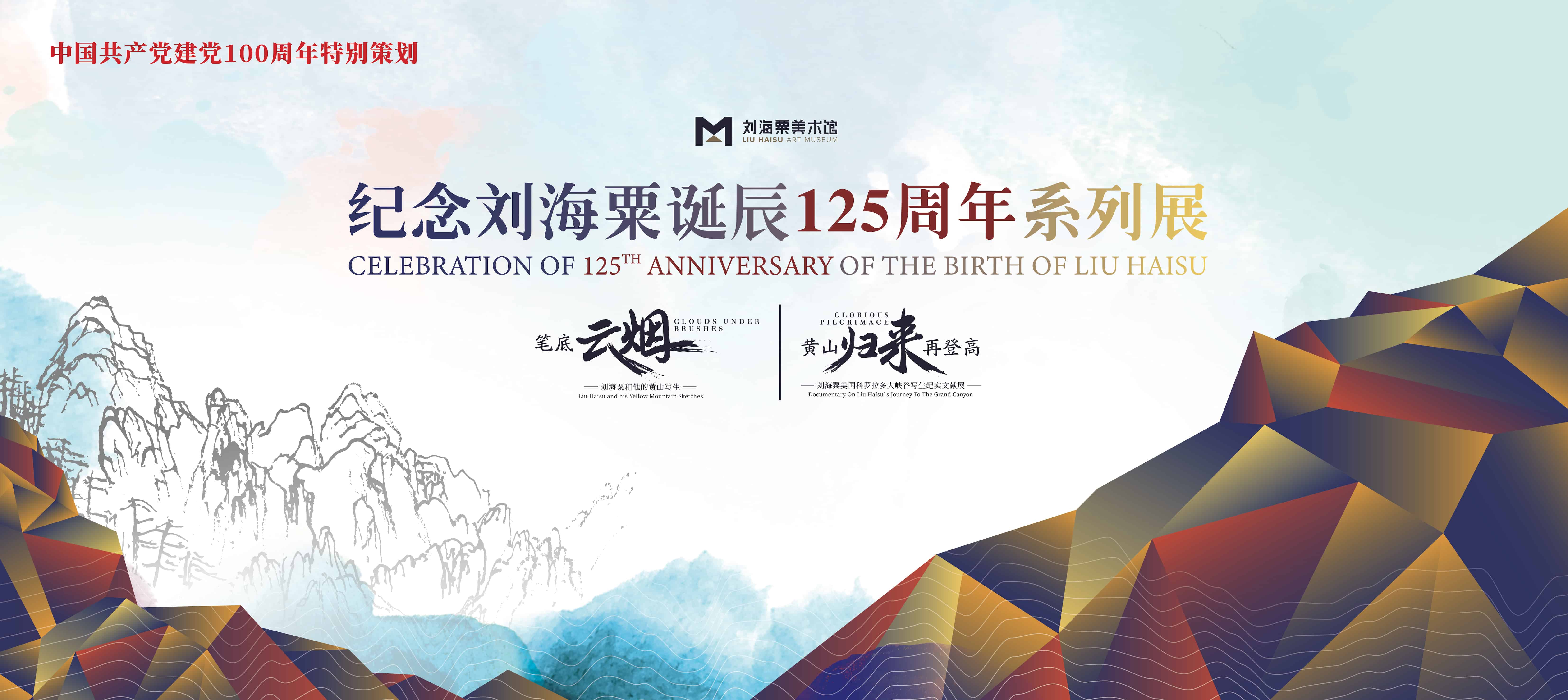
In 2021 we celebrate the 125th anniversary of the birth of LIU Haisu (1896-1994). He was an acclaimed pioneer of the new art movement in China. As an accomplished artist, he became an outstanding educator and an esteemed scholar who dedicated himself to art, education and innovation.
In 2019, the China Cultural Center in Brussels and the Liu Haisu Art Museum jointly organized a retrospective exhibition to honor Liu Haisu and his efforts to rejuvenate the native artistic tradition. He was known for combining Chinese and Western techniques and revolutionizing art education in China.
The artist picked up several European techniques on his international travels. 2019 was the 90th anniversary of Liu Haisu’s first trip to Europe. He also visited Belgium in June 1930 and served as a jury member for the international art exhibition for the 100th anniversary of Belgian independence. His Chinese ink painting “Nine Creeks and Eighteen Gullies” was exhibited as well and received an honorary award.
125 years after his birth, Liu Haisu is still respected and appreciated by a broad, international audience. It seems only fitting to continue celebrating him now.
Huangshan was a major source of inspiration for him and it was the focal point of our Liu Haisu exhibition in 2019, “The Master and His Ten Pilgrimages to Huangshan”. His Huangshan paintings and sketches are an important artistic phenomenon in the history of modern Chinese art.
Liu Haisu attached great importance to sketching. As early as his time at the Shanghai Academy of Fine Arts, he guided students to conduct various sketching activities to study the world.
He advocated outdoor sketching and introduced “travel sketching” in the curriculum at the Shanghai Academy of Fine Arts. Twice a year, Liu Haisu took a group of students to various locations, like Hangzhou and Longhua, to sketch and paint.
To Liu Haisu, sketching was a deeply personal way to express his feelings, thoughts and personality. He used it to improve his creative thinking.
In future posts we’ll see what else has helped develop Liu Haisu’s creative thinking. See you then!

